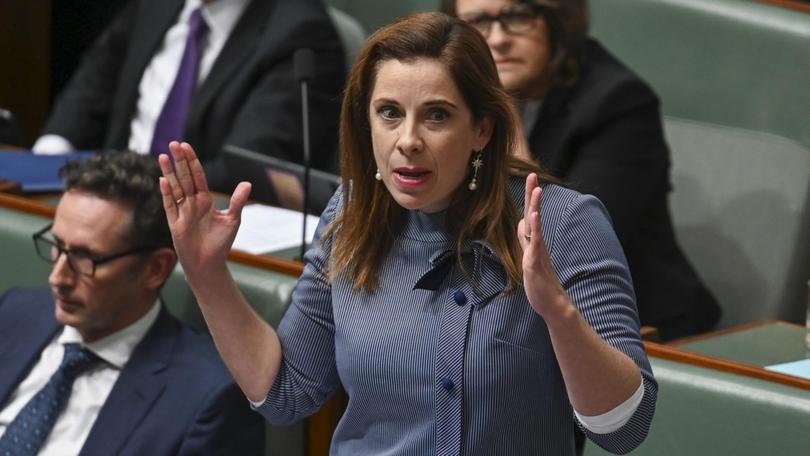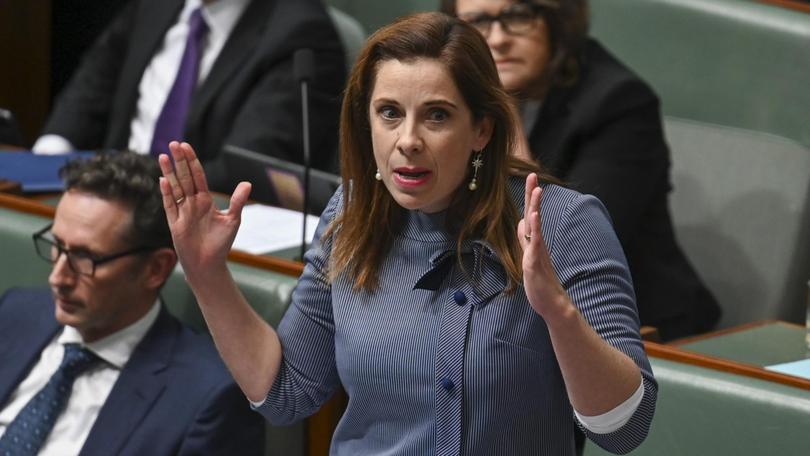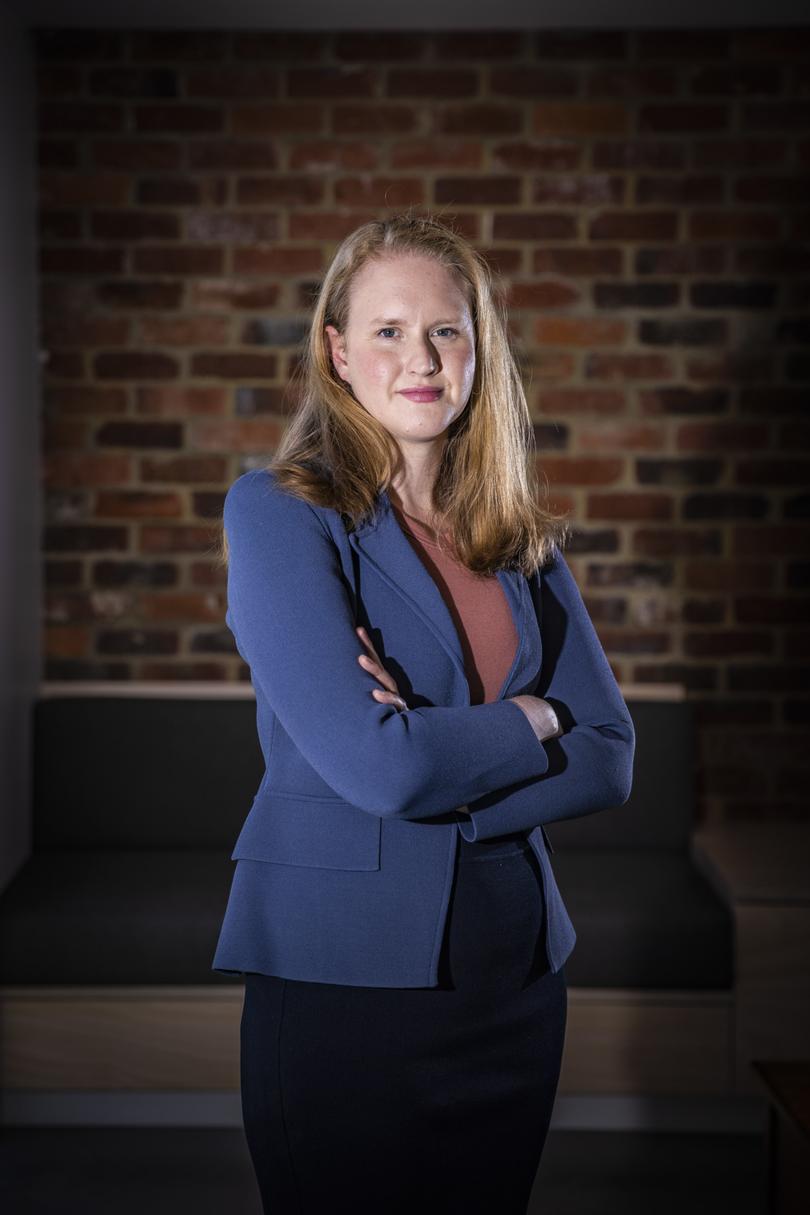Pension test sees 320,000 ‘wealthy’ people in aged care by 2042

A move to ask self-funded retirees in aged care to cover more of their accommodation and daily living costs could lead to some 320,000 people paying extra by 2042.
The aged care system – already one of the heaviest drags on the federal budget – will come under increasing pressure as the population ages.
But at the same time, more Australians will retire with greater accumulated wealth.
Sign up to The Nightly's newsletters.
Get the first look at the digital newspaper, curated daily stories and breaking headlines delivered to your inbox.
By continuing you agree to our Terms and Privacy Policy.
This has led to an expert panel, led by Aged Care Minister Anika Wells, to recommend that older Australians who do not qualify for age pensions pay more for some elements.
Under the proposal, the government would still pay the majority of aged care costs, whether in people’s homes or a residential facility, including the tab for care services such as nursing.
However, wealthy individuals would pay more for their accommodation and daily living costs – things like food, cleaning and gardening.
The Government has yet to decide how it will act on these recommendations, but it has ruled out a levy on all taxpayers or changing the treatment of the family home.
To determine where the line should be drawn on who pays more, the task force suggested using the means test that already exists for the age pension.
It also defined a “low means” person in aged care as someone receiving a full or part-age pension.
Treasury figures project the number of retirees not receiving any government pension will increase from 24.6 per cent now to 43.2 per cent over the next four decades as people retire after a full working life with compulsory superannuation.
The number of people on a part-pension because they have significant assets — including superannuation — will more than double to 26.7 per cent.
At the same time, the number of people on full pensions will halve from 44.7 per cent now to 21.4 per cent.
However, the proportion of self-funded retirees in aged care is much lower than in the general population.
At the moment, just nine per cent of those receiving a home care package and 14 per cent of people in residential care are not recorded as receiving an aged pension, according to Health Department data.
Over the next 20 years, the number of people accessing home care services is expected to grow eightfold, from 258,374 to almost two million.
The number of residents in aged care facilities is forecast to increase from 193,242 to almost 350,000.
This suggests about 229,000 people out of the 2.3 million aged care users in 2042 would be paying more for their care, if the rates of people with pensions in the system remained the same as today.

It could be as many as 320,600 if the rates increase in line with the broader population.
A lifetime of superannuation savings means more people will retire with more money in the coming decades than previous generations.
But CEDA chief economist Cassandra Winzar said it was a concern there didn’t seem to be a widespread understanding of what superannuation was for.
“It is to fund costs in retirement. And there’s no reason why that shouldn’t extend through to care costs,” she said.
“There’s always going to be people that are unhappy if they have to pay more.
“(But) if we were to have it as all government funding, that would need to increase, and that money would have to come from somewhere, and that would have to come from taxpayers.”
The Government is attempting to legislate a purpose of superannuation to make it explicit the money is supposed “to deliver income for a dignified retirement, alongside government support”.
Misha Schubert, head of the new Super Members Council, which represents the funds of more than 10 million Australians, said policymakers should consider how the aged care means test was working.
But it was vital the super system kept the flexibility to be used as retirees saw fit – not moving towards a system where a portion was ringfenced for aged care.
“Superannuation savings are already included in the current aged care means test like any other financial asset, but most retirees currently exhaust their super before they reach that point in their lives,” she said.

